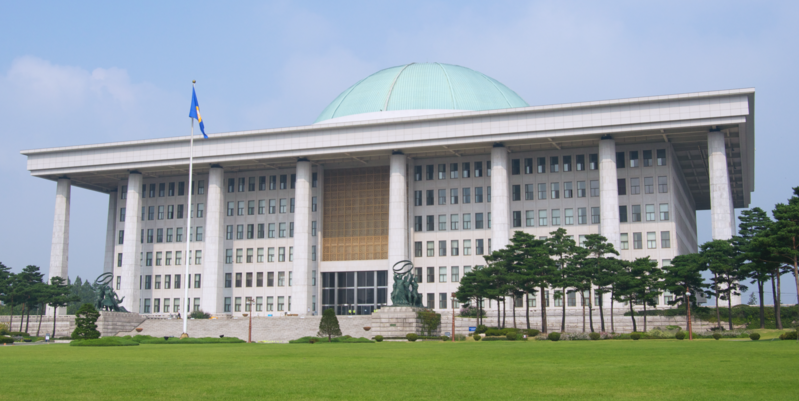Campaign Begins for South Korea’s 20th General Election
Official campaigning for South Korea’s 20th general election on April 13 took off on last Thursday March 31. The ruling Saenuri Party strives to retain its majority against the number one opposition, The Minjoo Party of Korea (MPK), a viable third contender, People’s Party, and a cohort of conservative independents that have defected Saenuri. Korea’s National Assembly is composed of 300 seats up for election every four years. After much deliberation, the 19th National Assembly approved the 253 election districts on March 2, and the remaining 47 seats use proportional representation from each party.
Factional splits within the Saenuri Party between pro-Park Geun Hye supporters and their opponents represents a major challenging to achieving a decisive majority. Daegu, home of President Park and her late father and former president Park Chung Hee, has consistently proven a stronghold for the conservatives.
Once reputed as President Park’s closest ally and supporter, the three-time Representative Yoo Seung Min has faced ostracism from the Party ever since he expressed discomfort with President Park’s welfare policies. He resigned as the floor leader on July 2015 and left the party last week after failing to receive nomination for the election.
Many Saenuri members who also failed to earn a spot on the ballot have followed Yoo’s trajectory, inciting a rivalry against their former colleagues in several of Daegu’s 12 districts. Polls also reveal that MPK has gained a lead of 18.3% in Daegu’s Seuseong A District, further impeding Saenuri’s dominance in its home turf.
Adopting President Clinton’s campaign slogan “It’s the economy, stupid” as its main platform, MPK declared this election as an opportunity to put the Saenuri Party’s failed economic policies on trial. Its road toward 150 seats, however, looks nothing close to resembling a united effort to impose a trial on the conservatives.
Starting from the nomination process, MPK received significant criticisms from the public when its chairman of Emergency Planning Commission, Kim Jong In self-nominated himself as second-in-line on its list of proportional representatives, despite the pressure he received from Party members to resign.
The greater upheaval for MPK lies with the potential for a united front with People’s Party. Founded earlier this year by Ahn Chul Soo, former CEO of the famous antivirus software company AhnLab, the People’s Party currently hold 21 seats, establishing itself as a robust third party. Though its political spectrum lies to the left like MPK, its campaign advocates “Number 1 and Number 2 had multiple chances. There is no future if we stop here,” citing the fact that first and second candidates listed on the ballot have always been Saenuri and MPK members, respectively. The essence of its platform is putting current Korean politics on trial.
Despite the split among conservatives, experts have labelled this election’s theme as “One majority, multiple opposing minorities.” 32 districts currently have two conservatives competing for the seat while there are 178 districts with three liberals, including the lesser-known Justice Party, registered.
The People’s Party remained their adamant stance against forming a coalition. “Our candidates are not running in order to sway votes to certain individuals. Please do not patronize us,” warned Ahn.

Polls conducted by each parties themselves reveal that Saenuri holds strong lead in 83 districts, MPK for 35 districts, People’s Party with 20, and Justice Party with 2.
